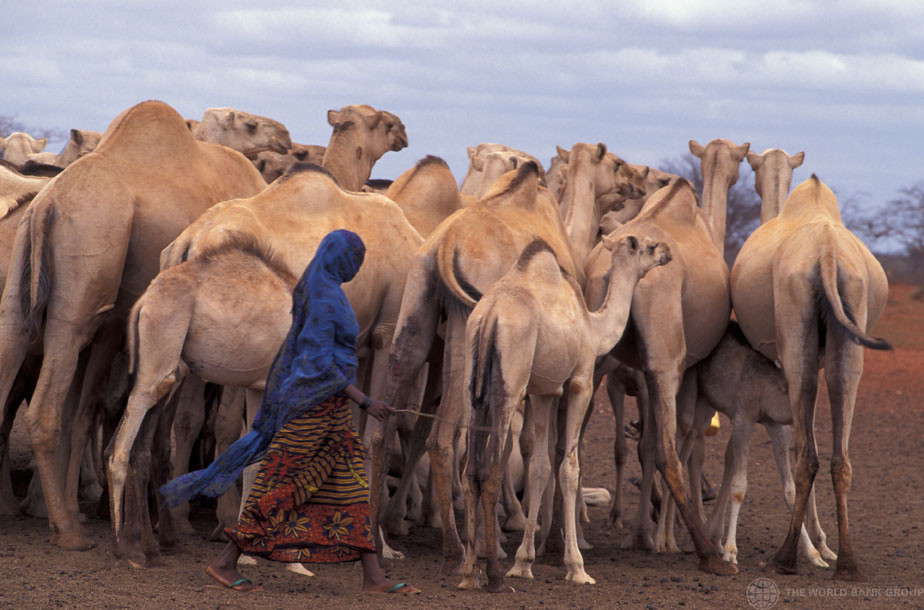
By George Munene
Farmers in north sub-Saharan Africa’s drylands are able to raise milk production with lower inputs by shifting from cattle to camel and goat farming.
The report outlined that increasing goat and camel populations by 14 per cent (7.7 million) and 10 per cent (1.2 million), respectively while reducing the dairy cattle population by 24 per cent (5.9 million), could result in 0.14 metric tonnes (Mt) (+5.7 per cent) higher milk output.
This is according to a 2021 study on the impact of climate change on cattle-based dairy done in Kenya, Tanzania, Ethiopia, Nigeria, Somalia, and Sudan.
This would also consume −15.3% (−1,683.6 million m3,) less water and −11.2% less feed
resource (−404.3 Mt,).
Additionally, it would be less impactful to the environment, emitting 1,224.6 Mt (−7.9%) less CO2e.
According to the researchers, demand for milk in the region has increased by 4 per cent per annum in the last decades, pushed by both human population growth (of 2.8 per cent per annum) and changes in per-capita consumption (0.8% per annum).
Related News: Law graduate builds processing plant to cash in on camel milk demand
Demand for dairy products is projected to triple by 2050 relative to the consumption levels of 2008.
This makes it a lucrative long-term investment.
However, 90 per cent of the milk produced comes from traditional mixed crop and livestock farming as well as extensive pastoral systems.
The ability of these systems to sustainably produce sufficient milk to meet these demands is being challenged by the impacts of climate-related stressors on feed production, water access, heat stress, and disease risks.
Due to growing customer demand, a shift from cattle rearing to keeping goats/camels is becoming increasingly economically viable.
In the last decade, the market for goat and camel products has substantially expanded in NSSA with increased demand and growing awareness of the health benefits of these products (specifically in the case of camel milk/meat).
For example, in Samburu County, Kenya, where camel rearing was not common historically, it has been reported that households currently prefer camel milk to other types of milk.
Some pastoralists have already begun shifting from cattle to goats and camels to sustain their livelihood activities amid changing environmental conditions
71.5 per cent of Kenya’s Borana community in Isiolo County, increasingly prefer keeping browsers (that is, camels and goats) due to recent climate variability and associated feed and water shortage.
Related News: KCB, USAID Sh100M fund to finance Kenya’s arid livestock farmers
Related News: Horn of Africa facing the worst drought in 41 years
Nevertheless, there are still economic barriers to shifting from dairy cattle to goats or camels.
Female camels are more expensive than dairy cattle. For example, in Kenyan livestock markets in 2021, one camel costs Sh50,000-62,420, equivalent to up to two to three cattle or 10 goats.
Other barriers to the adoption of goats and camels are the lack of knowledge and skills related to animal husbandry and the development of the goat and camel dairy sectors at various scales (national, regional, and international).
And improvements in goat and camel dairy supply chains—such as processing technologies to improve dairy goat and camel product markets, and facilities to transport milk to local markets.
















Comments powered by CComment